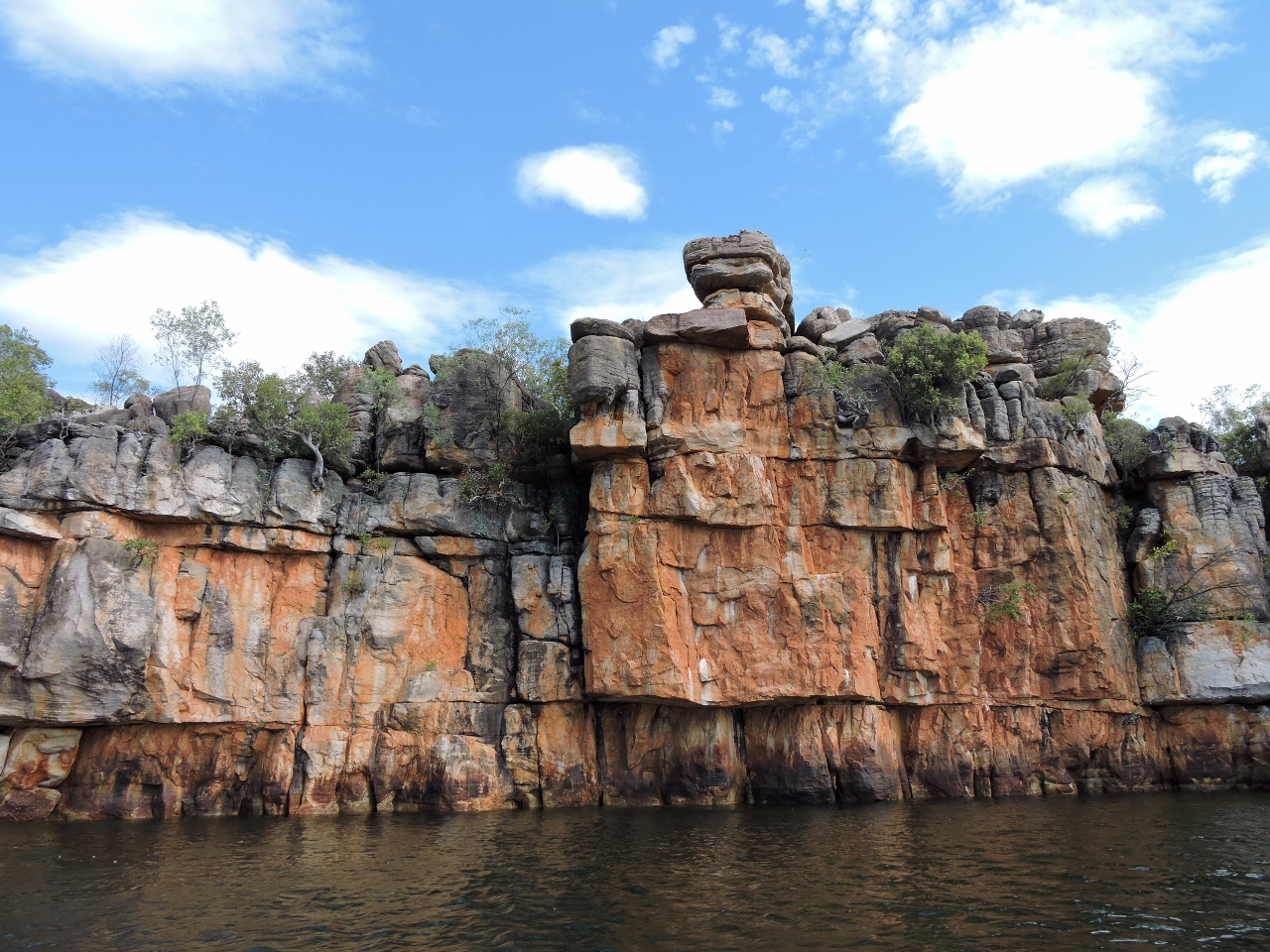Drysdale River

The Drysdale River is a river in the Kimberley area of Western Australia. Its tributaries are the Gibb River, Woodhouse River, and Barton River. The river holds a profound cultural significance that spans millennia. For Indigenous communities, the river is more than just a waterway; it is a living symbol of ancestral connections, spiritual beliefs, and cultural heritage. In this comprehensive exploration, we delve into the rich tapestry of stories, traditions, and rituals that make the Drysdale a cultural cornerstone for Indigenous peoples and a source of inspiration for all who encounter its waters.
Indigenous Connections: Ancestral Ties to the Land
For thousands of years, the lands surrounding the Drysdale River have been home to Indigenous Australian peoples, including the Wunambal and Gaambera, who have maintained deep connections to the land and its waterways. For these communities, the river is not merely a geographical feature but a living entity, imbued with spiritual significance and cultural meaning.
The Drysdale River plays a central role in Indigenous cosmology, serving as a pathway for ancestral spirits and a source of life-giving sustenance. Dreamtime stories passed down through generations speak of the river’s creation by ancestral beings, who shaped the landscape and established the natural order of the world.
Ceremonial Practices: Rituals Along the Riverbanks
The Drysdale River serves as a sacred space for Indigenous communities, providing the backdrop for a wide range of ceremonial practices and rituals. Throughout the year, ceremonies such as corroborees, initiations, and songlines are performed along the riverbanks, connecting participants with their ancestors, the land, and each other.
These ceremonies often involve the singing of traditional songs, the performance of dance rituals, and the sharing of stories and knowledge passed down through generations. They serve not only as spiritual gatherings but also as opportunities for community bonding, cultural transmission, and the reaffirmation of identity.
Artistic Expression: Rock Art and Cultural Heritage
One of the most tangible expressions of the Drysdale River’s cultural importance is found in the wealth of rock art and archaeological sites that dot the landscape. These ancient galleries, dating back thousands of years, provide a window into the artistic traditions, spiritual beliefs, and daily lives of Indigenous peoples who once inhabited the region.
The rock art of the Drysdale River Basin includes intricate paintings, engravings, and stencils depicting a wide range of subjects, from animals and human figures to dreamtime stories and ceremonial rituals. These sites serve as tangible links to the past, preserving the cultural heritage of Indigenous communities and enriching our understanding of Australia’s ancient history.
Environmental Stewardship: Guardians of the Land
In addition to its spiritual and cultural significance, the Drysdale River holds practical importance for Indigenous communities as a source of food, water, and medicinal plants. Traditional custodians have long practiced sustainable land management techniques, including firestick farming, water stewardship, and selective hunting and gathering, to ensure the health and vitality of the river and its surrounding ecosystems.
Today, Indigenous communities continue to play a vital role in the conservation and management of the Drysdale, working in partnership with government agencies, conservation organizations, and other stakeholders to protect its natural and cultural heritage for future generations.
Conclusion:
In conclusion, the Drysdale River is not only a geographical feature but a living embodiment of the spiritual, cultural, and environmental values cherished by Indigenous communities for thousands of years. From its role in ancestral cosmology to its significance as a gathering place for ceremonies and rituals, the river weaves a tapestry of stories, traditions, and connections that speak to the resilience and richness of Australia’s Indigenous cultures.
As we continue to explore and appreciate the cultural importance of the Drysdale River, it is essential that we recognize and respect the rights, knowledge, and aspirations of Indigenous peoples who call this land home. By honoring their stewardship of the river and supporting their efforts to protect and preserve its cultural heritage, we can ensure that the Drysdale remains a source of inspiration, reverence, and resilience for generations to come.
Know More about the Drysdale River.
What are The Religious Places of the Drysdale River?
When Did The Drysdale River Basin Become a Focus?
Where is The Drysdale River Located?
Who Were The Key Historical Figures and Civilizations of The Drysdale River?
How to Reach Drysdale River?




